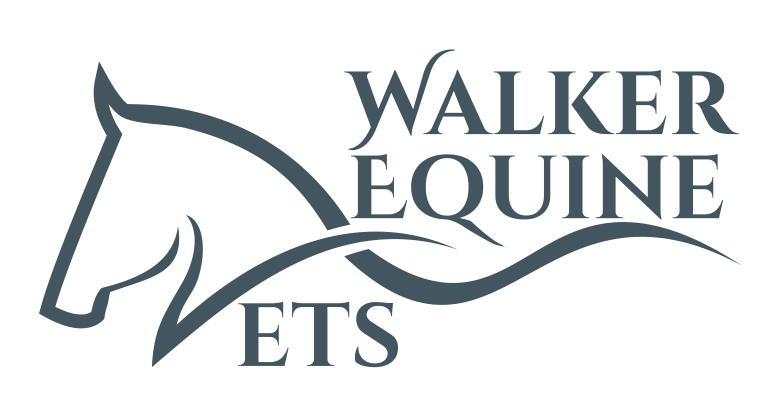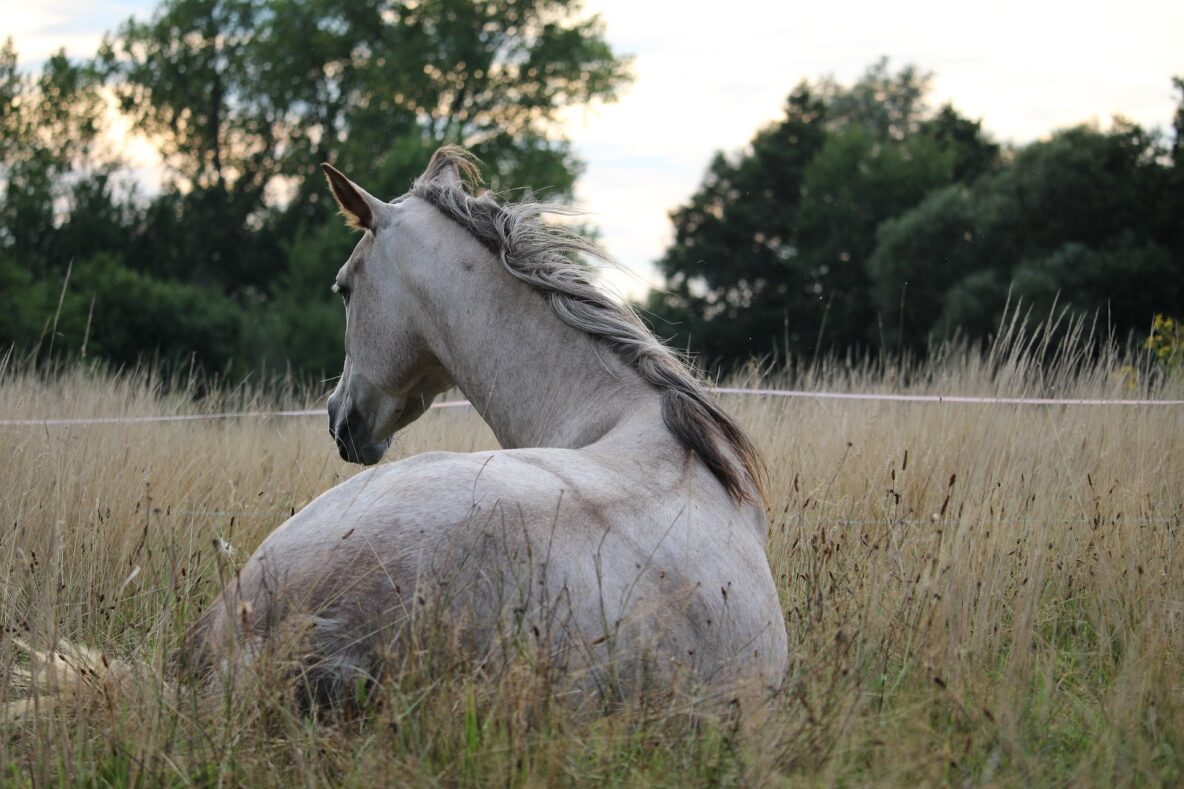Equine obesity
Is considered to be one of the most serious welfare concerns in UK horses; according to recent research, equine obesity affects somewhere between 31 – 54% of the UK horse population.
Most equine obesity seems to occur within the “leisure and show horse population”.
This might be explained by the strong bond that exists between owners and their horse(s). Similarly, dog and cat owners tend to overfeed their animals without fully realising the possible dangerous consequences.
A recent study, (‘Exploring horse owner’s understanding of obese body conditions and weight management in UK leisure horses’ – Dr Furtado, Dr Pinchbeck, Dr McGowan) has highlighted common features between horse owners:
Some level of fat is perceived as desirable. Some people prefer their horse to appear plump, perceiving this as a sign of good health and therefore good ownership. This is reflected in equine culture and language where the descriptions of “looking well” and “show condition” can denote both good health and at the same time, excessive weight. Ensuring that a horse does not become thin is considered an integral part of responsible ownership, but monitoring for excessive weight is often less considered by owners.
Many owners (and unfortunately show judges) find it difficult to recognise a healthy horse, in a good shape for it’s breed with good muscle development. Unfortunately the correct shape of many breeds has been fogotten, particularly for heavier-built breeds such as cobs, native ponies and draught horses and excessive fat covering has become accepted as a feature of their breed.
Many owners find it difficult to identify excessive fat and as a result they cannot identify how much their horse is at risk.
It is crucial for horse owners to work on their own perception of their horse’s body condition. Objective assessment with the aid of body condition scoring charts is valuable, there are two systems for condition scoring, one scores 0-5, the other scores 1-9 . Scoring takes into account the different fat distribution in individual horses.(see links below).
Keeping the horse’s weight under control helps to prevent painful life threatening conditions and diseases. Unfortunately obesity is often appreciated only too late -when a related event such as laminitis occurs.
Weight management is often perceived as restricting a horses enjoyable activities (eating / turnout on good grass), and doing more of the things that they considered are negative for the horse i.e. increased exercise. For many leisure horse owners, this causes them concern:
Restricting access to food may generate unwanted behaviour such as cribbing, wind sucking, misbehaving.
A percieved increased risk of colic or gastric ulcers.
Managing turnout time vs. excessive grass intake.
Fitting into the routine of a livery yard or the requirements of other horses.
Ability to spend more time exercising horse.
It can be very challenging and, sometimes frustrating, for owners to establish the right balance.
Clients are welcome to ask for nutrition, management and health advice from their vet.
Please do not hesitate to contact us if you want to discuss this topic further.
LINKS: ‘Getting the right nutrition’ – MSD
BHS – Fat scoring

